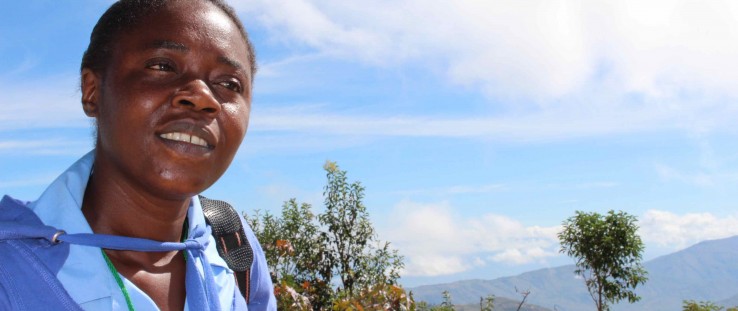 Ketcia Orvillus
Therese Cafaro, USAID
Ketcia Orvillus
Therese Cafaro, USAID
 Ketcia Orvillus
Therese Cafaro, USAID
Ketcia Orvillus
Therese Cafaro, USAID
Robin, a small rural Haitian community, is only one and a half hours outside of Port-au-Prince, but may as well be a world away. The usual congestion, chaos and dust that coats the capital city gives way to open vistas of greenery, the occasional sounds of cows or goats, and clean, crisp air. Here, 37-year-old community health worker Ketcia Ovillus does her work, walking on unpaved mountain roads that sometimes seem to touch the sky to reach patients in distant villages.
Born and raised in Robin, Ovillus has been delivering the Government of Haiti’s primary package of health care services to her neighbors for the last four years. She is one of only five community health workers serving Robin’s 9,000 residents. She spends hours traversing the rough terrain to visit her patients in the mornings and returns to the dispensary by afternoon to assist medical staff there.
“Since I started this work, I’ve never had a bad day,” Ovillus says. “My days have all been good. I’m helping people.”
Ovillus was trained by Pathfinder International, a USAID-funded partner, to work within a network of health care facilities under a program called Services de Santé de Qualité pour Haiti in Haiti’s Central and South departments (SSQH-CS).
Since April 2014, her ability to track the myriad details about her patients’ lives got easier with new technology adopted by her employer. CommCare, an application developed by Dimagi in partnership with SSQH, is deployed on Android smartphones or on locally produced tablets called Surtabs. The app enables health workers to improve referrals between the community and medical facilities where more highly trained medical staff reside. In addition, the app is a job aid that reinforces counseling through Creole audio messages, supports health best practices, and improves the speed of data transmission when compared to a paper-based system.
Smart phone applications used in field work are not new to Haiti. However, the intuitiveness and dexterity of the CommCare app is. Instead of old-fashioned, multiple choice surveys that offer a snapshot of a person’s health at any given point, Ovillus’ tablet has “smart forms” that link to earlier health histories provided by patients, avoiding asking the same question twice, and giving a more in-depth view of someone’s health over time.
Another feature performs immediate calculations. For example, when Ovillus enters a child’s age and weight, malnutrition markers show up. On this day, all the infants checked were healthy, but responses from one of the mothers triggered a reminder that a certain vaccination was available for a child at the dispensary.
The CommCare app also helps monitor whether patients attend scheduled medical appointments. “I see you missed your appointment with the doctor in Robin,” Ovillus tells a patient.
“I am making another one for you right now for tomorrow, and you will go this time,” she says in a firm but gentle voice. Then she holds up her phone and plays an audio message about the importance of getting all of the available vaccinations.
“These are easily damaged,” Ovillus says, while recording a child’s weight in a large paper registry, “But with this [an Android smartphone-sized device], the information is always there when you need it.”
The ability to track patients between the community and facility becomes critical when dealing with at-risk patients, including patients with HIV or tuberculosis.
Because data doesn’t need to be uploaded to the CommCare cloud on an ongoing basis, Ovillus can continue visiting patients and collecting information with little or no Internet connectivity. Then, when possible, she can upload her data to the CommCare registry.
Although the information she collects mirrors the reporting she must do for the Ministry of Health’s Haitian Health Information System (DHIS2), at present, all data have to be written into paper registries and then reentered into a computer at the central level. The hope is to integrate DHIS2 and CommCare so that their information is compatible, not duplicative and available the moment it is recorded. If it works, health workers could immediately access information for all kinds of uses, such as to inform a doctor before making a referral, give an implementing partner a community or facility level health snapshot or indicate to the Ministry of Health where funds need to be directed.
CommCare is like a notebook, and the modules of information it contains are like subject tabs that can be modified according to the needs of each rural or urban community it serves. At present, there are approximately 300 community health workers who have been trained to use the CommCare app nationwide. The goal is to have 2,000 such workers trained by 2016 with the CommCare app integrated into their training program, which means that the innovative technology could touch as many as 2 million people.
“Not everyone has the money for health care, but these people know that now there is someone looking after them and it gives comfort,” says Orvillus. “Plus, I’m so pleased to have this [the handheld device] because it improves the quality of the services I can bring.”
Dr. Jean Max Leilo Joseph, SSQH-CS’s technical director and community health worker trainer, added, “And her presence is even more appreciated by the people, as they now have more faith in a system that appears to be making positive, durable changes.”
As he watches Orvillus depart on her final visit of the day, Joseph says, “I’m proud we’re doing a job that meets the real needs of the community. But I’m even more proud to be a part of the solution to deliver better health care to all Haitians.”
Her work now keeps Orvillus close to a greater expanse of clouds—in the sky, as she makes her rounds on Haiti’s rough and dusty mountain roads, and in the digital cloud, where high-tech is redefining health care for the island nation.







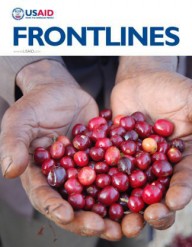

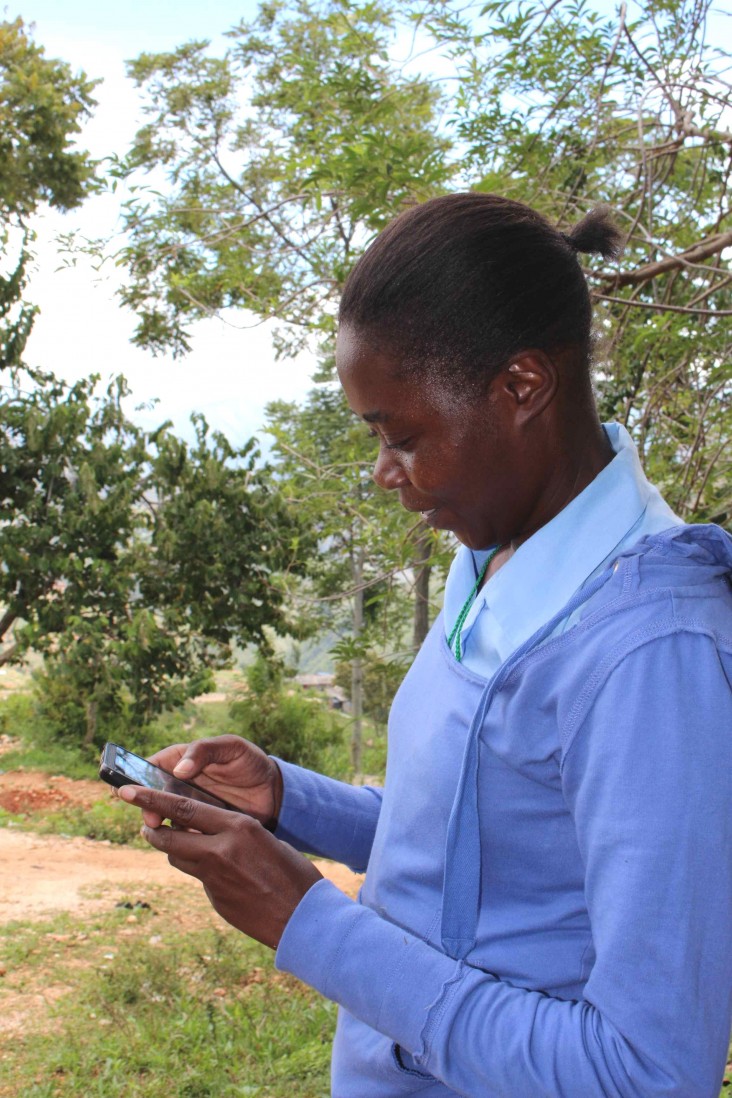
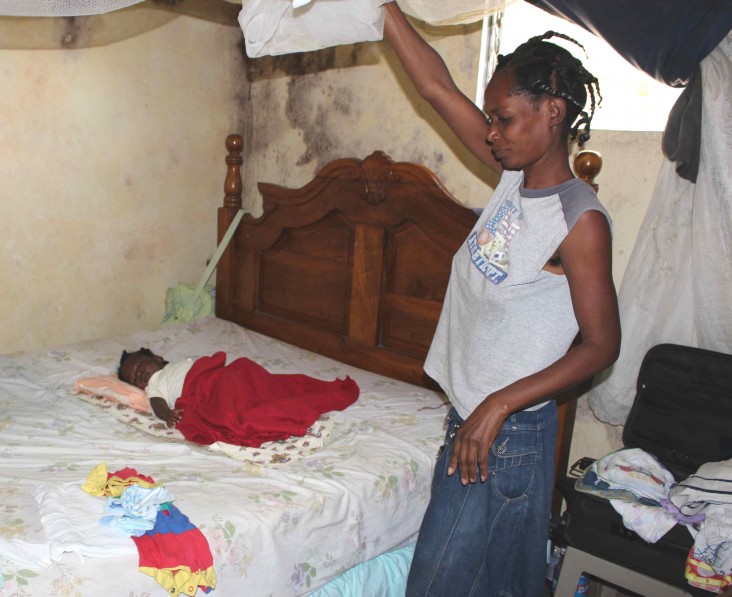
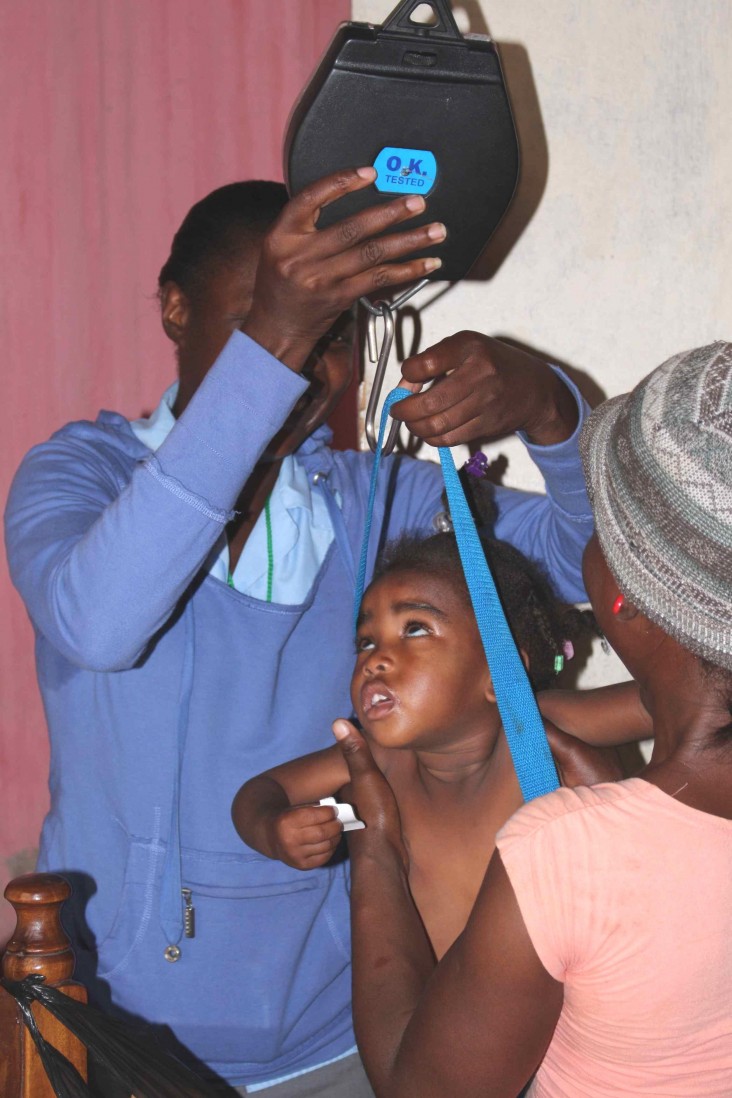
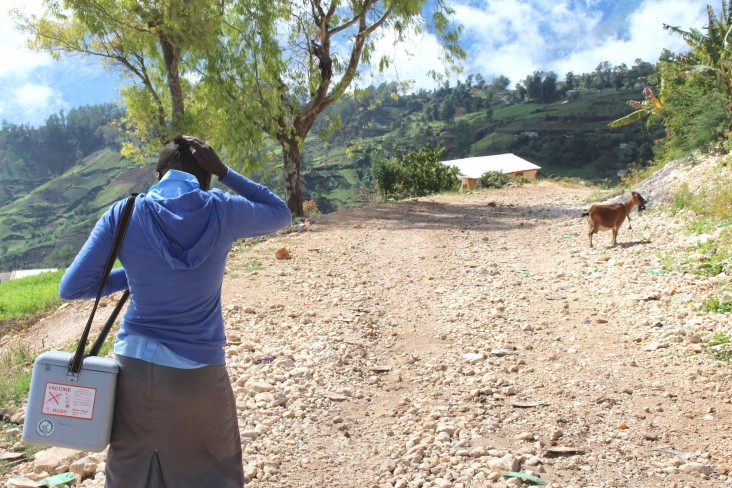
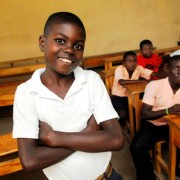
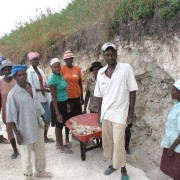
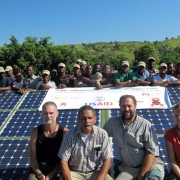
Comment
Make a general inquiry or suggest an improvement.